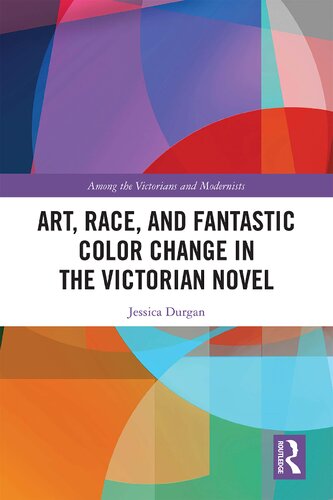

Most ebook files are in PDF format, so you can easily read them using various software such as Foxit Reader or directly on the Google Chrome browser.
Some ebook files are released by publishers in other formats such as .awz, .mobi, .epub, .fb2, etc. You may need to install specific software to read these formats on mobile/PC, such as Calibre.
Please read the tutorial at this link: https://ebookbell.com/faq
We offer FREE conversion to the popular formats you request; however, this may take some time. Therefore, right after payment, please email us, and we will try to provide the service as quickly as possible.
For some exceptional file formats or broken links (if any), please refrain from opening any disputes. Instead, email us first, and we will try to assist within a maximum of 6 hours.
EbookBell Team

4.4
12 reviewsAs a study of color in the Victorian novel, this volume notices and analyzes a peculiar literary phenomenon in which Victorian authors who were also trained as artists dream up fantastically colored characters for their fiction. These strange and eccentric characters include the purple madwoman Bertha Mason in Charlotte Brontë’s Jane Eyre (1847), the blue gentleman Oscar Dubourg from Wilkie Collins’s Poor Miss Finch (1872), the red peddler Diggory Venn in Thomas Hardy’s The Return of the Native (1878), and the little yellow girls of Arthur Conan Doyle’s "The Yellow Face" (1893) and Frances Hodgson Burnett’s The Secret Garden (1911). While color has been historically viewed as suspicious and seductive in Western culture, the Victorian period constitutes a significant moment in the history of color: the rapid development of new color technologies and the upheavals of the first avant-garde art movements result in an increase in coloring’s prestige in the art academies. At the same time, race science appropriates color, using it as a criterion for classification in the establishment of global racial hierarchies. These artist-authors draw on color’s traditional association with constructions of otherness to consider questions of identity and difference through the imaginative possibilities of color.